 If he reach his hand farther, the hand of the image will pass by his hand, and come between it and his body ; and if he move his hand towards either side, the hand of the image will move towards the other ; so that, whatever way the object moves, the... If he reach his hand farther, the hand of the image will pass by his hand, and come between it and his body ; and if he move his hand towards either side, the hand of the image will move towards the other ; so that, whatever way the object moves, the...  A general view of the sciences and arts - Page 25by William Jillard Hort - 1822Full view A general view of the sciences and arts - Page 25by William Jillard Hort - 1822Full view - About this book
 | James Ferguson - 1764 - 322 pages
...if he moves his hand towards either fide, the hand of the image will move towards the other; fo that whatever way the object moves, the image will move the contrary. All the while a by-ftander will fee nothing of the image, becaufe none of the reflected rays that form it enter his... | |
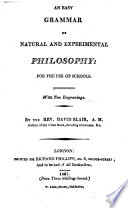 | Sir Richard Phillips - 1807 - 212 pages
...image will pass by it, and if 1 move my hand to one side, the hand of the image will move to the other. A by-stander will see nothing of the image, because none of the reflected rays can enter his eyes. OF THE DIFFERENT REFRANG1BILITY OP THE RAYS OF LIGHT. 240. To examine the different... | |
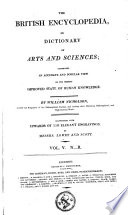 | William Nicholson - 1809 - 684 pages
...move towards the other; so that whatever way the object moves, the image will move the contrary way. A by-stander will see nothing of the image, because none of the reflected rays that form it enter his eyes. Tin', images formed by convex specula are in positions similar to those... | |
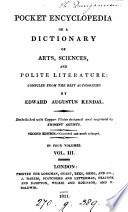 | Edward Augustus Kendall - 1811 - 458 pages
...image will pass by it, and if I move my hand to one side, the hand pf the image will move to the other. A by-stander will see nothing of the image, because none of the reflected rays can enter his eyes. The eye is of a globular form, and is composed of three coals, covering one another,... | |
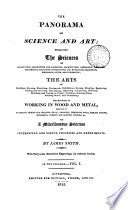 | James Smith - 1815 - 684 pages
...move towards the other; so (hat whatever way the object moves, the image will move the contrary way. A by-stander will see nothing of the image, because none of the reflected rays that form it enter his eyes. From this remarkable property of a concave mirror to form an image in... | |
 | William Nicholson - 1821 - 406 pages
...move towards the other; so that whatever way the object moves, the image will move the contrary way. A bystander will see nothing of the image, because none of the reflected rays that form it ente^ his eyes. The images formed by convex specula are in positions similar to those... | |
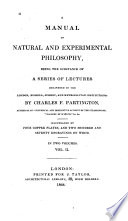 | Charles Frederick Partington - 1828 - 468 pages
...move towards the other ; so that whatever way the object moves, the image will move the contrary way. A by-stander will see nothing of the image, because none of the reflected rays that form it enter his eyes. From this remarkable property of a concave mirror to form an image in... | |
 | Sir Richard Phillips - 1832 - 286 pages
...will pass by it, and if he move his hand to one side, the hand of the image will move to the other. A by-stander will see nothing of the image, because none of the reflected rays can enter his eyes. Observation. There are many deceptions on the same principle ; as the magic flower... | |
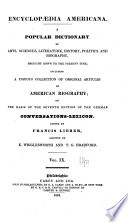 | Francis Lieber, Edward Wigglesworth, Thomas Gamaliel Bradford, Henry Vethake - 1832 - 656 pages
...move towards the other ; so that, whatever way the object moves, the image will move the contrary way. A bystander will see nothing of the image, because none of the reflected rays that form it enter his eyes. The images formed by convex specula are in positions similar to those... | |
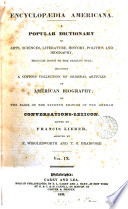 | Encyclopaedia Americana - 1832 - 620 pages
...towards the other ; so that, whatever way the object moves, the image will move the contrary vray. A bystander will see nothing of the image, because none of the reflected rays tt* form it enter his eyes. The images formed by convex specula are in position* similar to those of... | |
| |